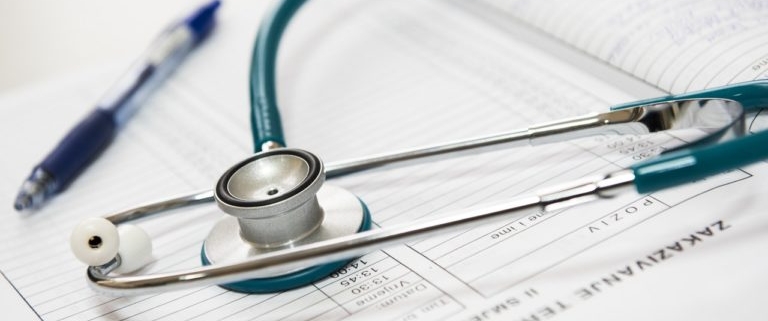What the Most Common ICD-9 Codes Become in ICD-10
The 10th edition of the International Classification of Diseases (ICD-10) is getting closer, and some physician concerns are becoming more concrete. Will it be difficult to get the codes right? Will including the new elements required in coding cause slowdowns? Will payment be affected?
It’s likely that doctors will face some challenges with the transition to ICD-10. However, being prepared and learning some of the key codes that you’ll use most frequently can help ease the change.
Physicians will need to be more specific in their documentation than they may have been in the past. Because there will be a greater number of code choices than in the ICD-9, physicians should have to choose an unspecified code less often. The greater specificity in diagnostic coding should help improve disease management and reporting overall.
Common ICD-9 Codes
Some aspects of coding won’t change at all. The code changes will have no impact on the existing Current Procedural Terminology (CPT) and Healthcare Common Procedure Coding System (HCPCS) coding systems for medical procedures. CPT and HCPCS (Level II) coding will still be used for physician care; professional services; and procedures performed in a physician’s office and outpatient facilities, including hospital outpatient departments.
Even so, physicians face a steep learning curve as they adjust to using the new diagnostic codes. The 3 main differences between ICD-9-CM (Clinical Modification) and ICD-10-CM are:
- The number of codes will increase from about 13,000 to 68,000
- The codes themselves will increase in size from 3-5 digits to 3-7 digits
- The code format is changing. Previously, the codes were numeric for all chapters and alphanumeric for supplementary chapters. Now the first digit in the code will be alphabetic, followed by numerals for digits 2 through 7
Physicians may need to pay more attention to their medical documentation, to make sure that it contains the necessary details so that staff members can choose the right codes for each patient.
Besides the increased specificity of a diagnostic code, doctors also face other documentation challenges, including identification of:
- Conditions that contribute to the complexity of a disease
- The severity of a contributing comorbidity
- The current stage of a disease (such as chronic kidney disease, dementia, or asthma)
- The type of diabetes and its severity
- A complete history of any present illnesses and follow-up visits
The diseases most frequently managed by primary care physicians include:
- Hypertension
- Hyperlipidemia
- Heart disease
- Diabetes

- Obesity
- Anxiety
- Asthma
- Back pain
Both the Centers for Medicare & Medicaid Services and the Centers for Disease Control and Prevention have created resources and tools that help physicians to quickly spot relevant changes between the ICD-9 and ICD-10. (Of note, though, these aren’t recommended as a shortcut to learning the ICD-10-CM.)
Using the ICD-10-CM may be a challenging transition for many practices. However, it’s likely that physicians will recognize its benefits over time. ICD-10-CM is certainly more complex than its predecessor, but in this changing world of healthcare economics, its increased specificity will be beneficial to you and your practice.
Source: www.medscape.com; David Doyle; August 5, 2013.




Leave a Reply
Want to join the discussion?Feel free to contribute!